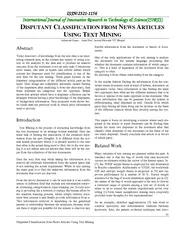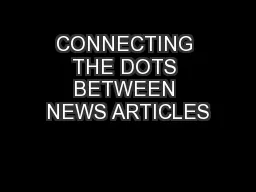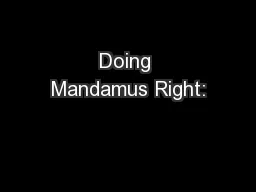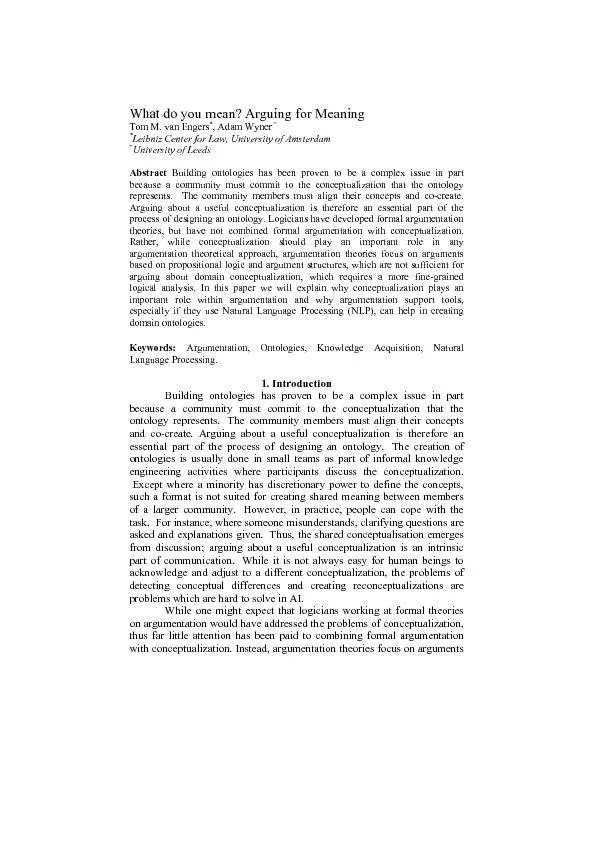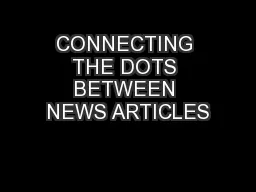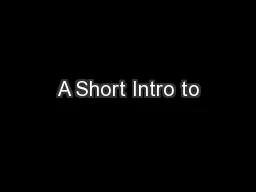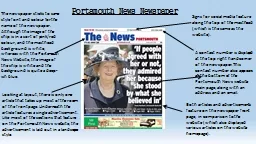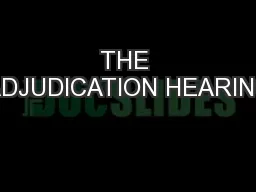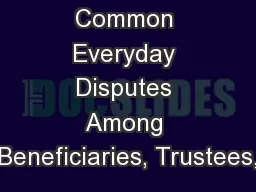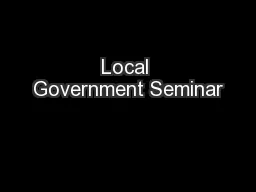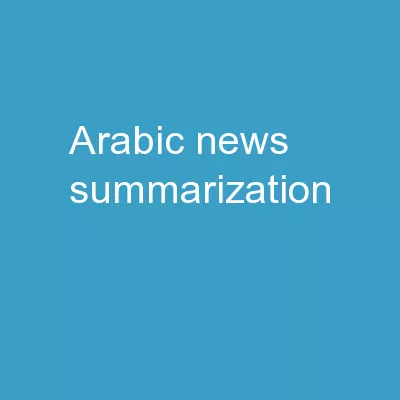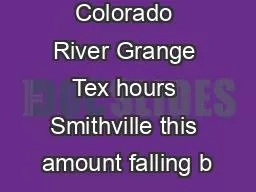PDF-Disputant Classification from News Articles Using Tex
Author : alida-meadow | Published Date : 2015-06-02
Arvind Mewada TIT Bhopal Abstract Today discovery of knowledge from the text data is an inte r esting re search area as the content has variety of wring co n text
Presentation Embed Code
Download Presentation
Download Presentation The PPT/PDF document "Disputant Classification from News Artic..." is the property of its rightful owner. Permission is granted to download and print the materials on this website for personal, non-commercial use only, and to display it on your personal computer provided you do not modify the materials and that you retain all copyright notices contained in the materials. By downloading content from our website, you accept the terms of this agreement.
Disputant Classification from News Articles Using Tex: Transcript
Download Rules Of Document
"Disputant Classification from News Articles Using Tex"The content belongs to its owner. You may download and print it for personal use, without modification, and keep all copyright notices. By downloading, you agree to these terms.
Related Documents

